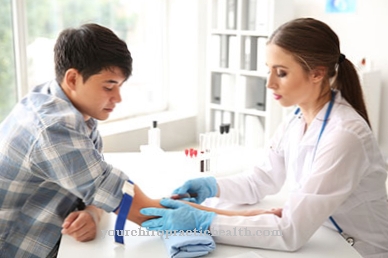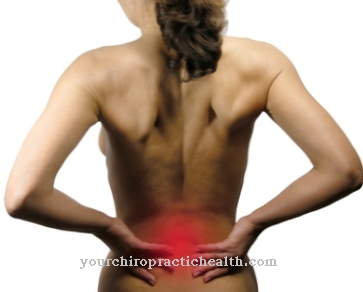The Protraction corresponds in anatomy to a forward movement of individual body structures. The opposite movement is retraction. The increased protraction of the chin, for example, can lead to a herniated disc in the long term.
What is the protraction?

The anatomy uses different movement names for movement sequences close to the joints. One of these terms is protraction. The expression corresponds to a loan word from Latin and comes from the verb 'protrahere' for 'to draw out' or 'to expand'. In anatomy, protraction means the forward movement of extremities and otherwise movable body structures. The opposite direction of movement corresponds to retraction.
The term protraction does not necessarily have to be used in medicine in an anatomical context. The word can just as well be used in the context of pharmacology. Unlike anatomists, pharmacologists understand protraction to be the deliberate delay in action of a medicinal product.
This type of connection is primarily concerned with pharmacokinetics, which, in addition to the uptake of drugs (absorption), examines the distribution of substances in the body (distribution), the biochemical conversion and breakdown processes (metabolism) and the processes of excretion (excretion).
Function & task
The joints of the human body connect two or more bones in a flexible way. Different movement sequences for the connected bones are conceivable in different joints. The respective movement sequences are based on the specific requirements that extremities and bones in the human body have to meet.
For this reason, not every joint, for example, enables the connected bones to move such as protraction. Protraction is a forward movement.
In anatomy, protraction plays a role as a movement designation, especially in connection with the jaw and the shoulder blade. The shoulder blade is the upper part of the bony shoulder girdle and is articulated with the upper arm bone (humerus) and the collarbone. The lower jaw is, in turn, a bone of the facial skull that corresponds to the more mobile part of the chewing apparatus.
The shoulder blade can go into protraction and retraction by moving it forwards and backwards in the ventral (abdominal) or dorsal (back) direction. This movement is an important type of movement for the entire arm. As soon as people stretch their arms for something, protraction of the shoulder blade connected to the humerus is required. The arm is lengthened and directed towards the object.
Both pro- and retraction of the shoulder blade are performed by muscles of the shoulder girdle. Efferent motor nerves connect these muscles with the central nervous system and conduct the contraction command in the form of bioelectrical excitation via the motor end plate to the effector muscle. The retraction is similar in itself, but is performed by a different muscle.
The ability of the lower jaw to project and retract is in turn relevant for food intake. The upper jawbone is static and cannot be moved in a targeted manner. The movable lower jaw compensates for this statics.
An entirely different definition of the term protraction exists in pharmacokinetics. In this context, the principle of the retard dosage form plays an important role. Retard drugs only develop their effect in the organism with a delay, as the active ingredients are only released slowly. This slow release is intentional and is mostly used for oral medication.
This prevents short-term high blood levels of the drugs. The effect of sustained-release drugs lasts longer and is more controlled, for example with some hormones taken orally and drugs that regulate blood pressure.
You can find your medication here
➔ Medicines for painIllnesses & ailments
Herniated discs are often due to excessive protrusion movements. For example, if you habitually move your chin in protraction and push it forward while your head is back, you risk damaging your cervical spine.
The modern lifestyle contributes to herniated discs on the basis of increased protraction movements of the chin area. For example, in the 21st century, the computer is an irreplaceably important instrument in both leisure and work. In front of the screen, however, the chin makes more protraction movements.
The anterior structures of the cervical spine section are brought to length by the protraction. This stretching of the anterior structures is counteracted by the simultaneous compression of the posterior structures. The continual protrusion of the chin in front of the computer puts a strain on both the anterior and posterior structures of the cervical spine.
The result is permanent posture damage and pain symptoms. There is a slowly increasing displacement in the area of the intervertebral discs, which can be accompanied by compression of the spinal cord or nerve compression. These processes correspond to a herniated disc in the cervical spine, the main symptom of which is pain radiating into the arms or into the occipital region.
Depending on the compression of the surrounding nerves, sensitivity disorders or even symptoms of paralysis of the arm and hand muscles can occur.
Disc protrusion can also be a symptom of increased protrusion of the chin structures. This is not directly a herniated disc, but rather an isolated protrusion of the jelly-like nucleus. The outer fiber ring of the intervertebral disc is not yet torn when this phenomenon occurs. In the case of a manifest herniated disc of the cervical spine, the fibrous ring tears and allows the nucleus to emerge to the sides, down and up.
Not only excessive protraction, but also a reduced ability to protract can indicate pathological changes. This applies, for example, when structures that are physiologically capable of protraction can no longer be moved into protraction. Usually this phenomenon is neuromuscular.

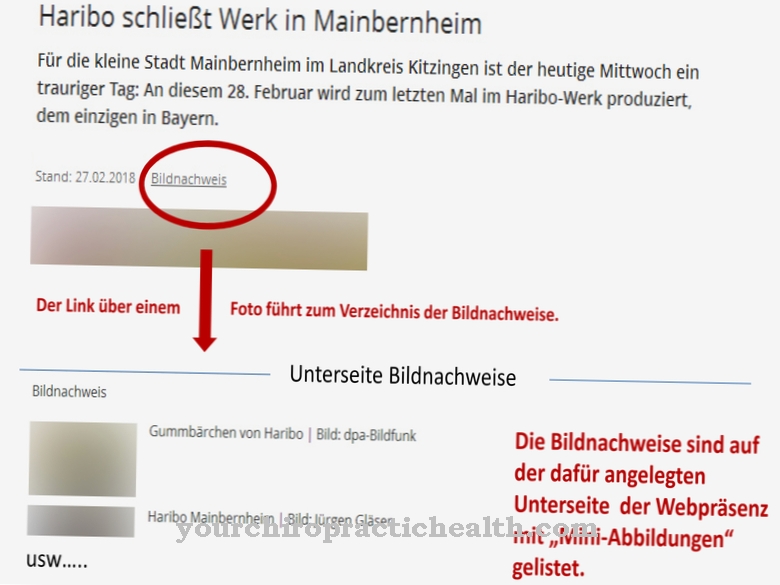
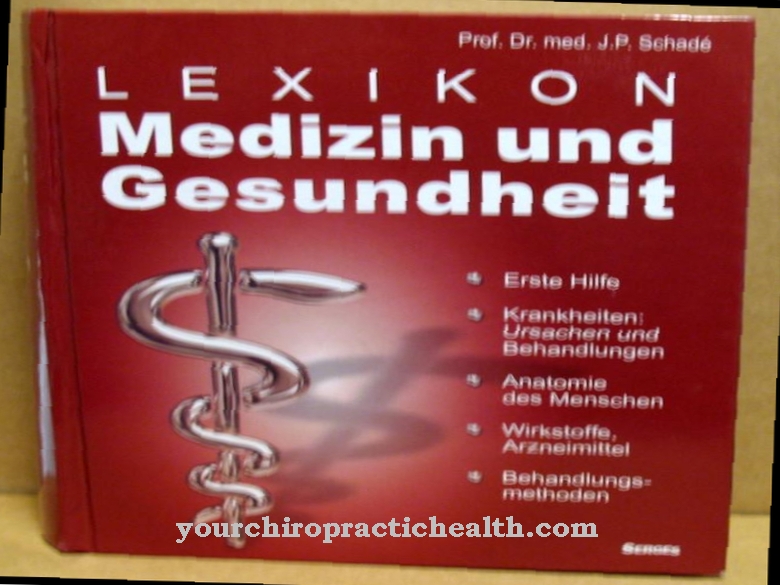


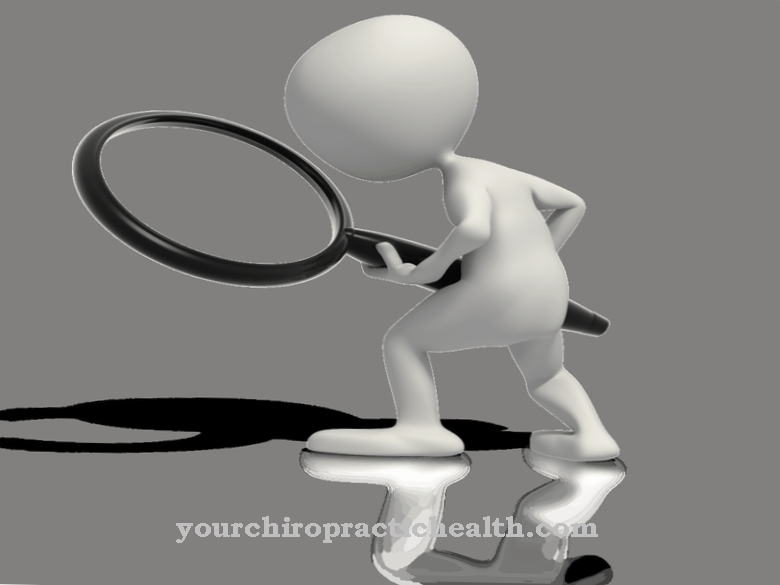




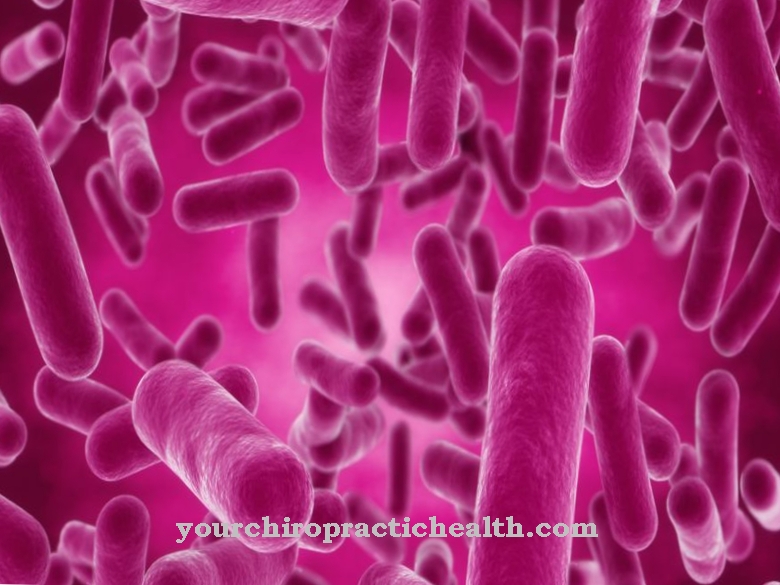


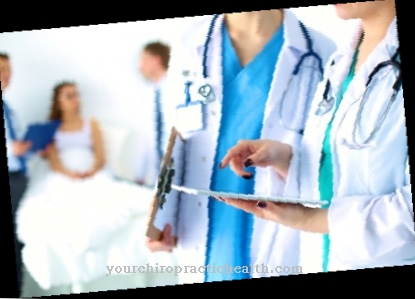
.jpg)

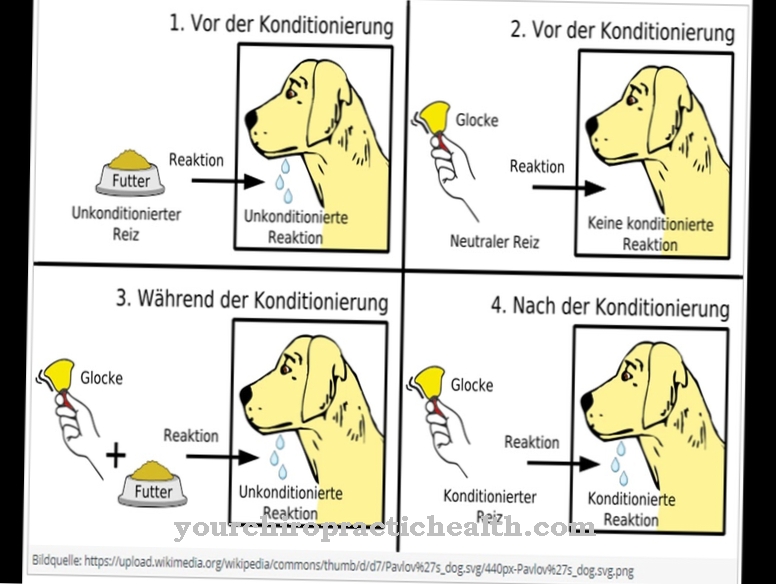
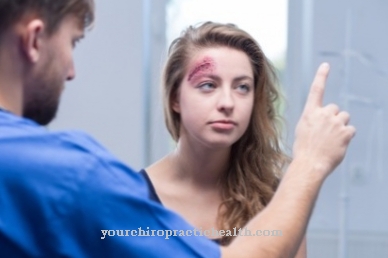

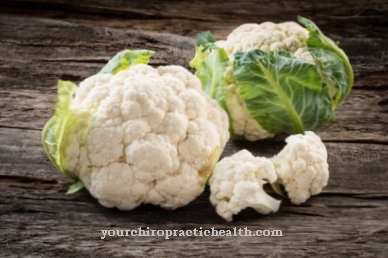
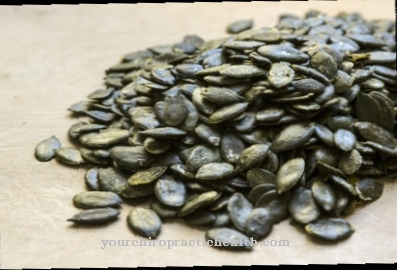
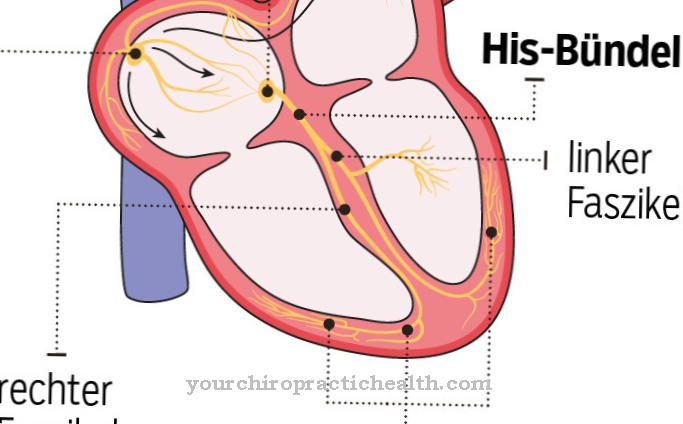
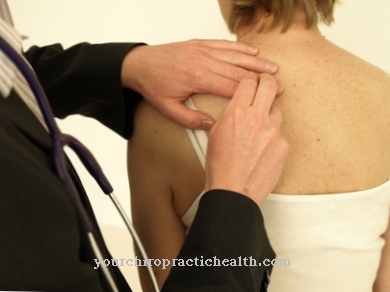
.jpg)
.jpg)
